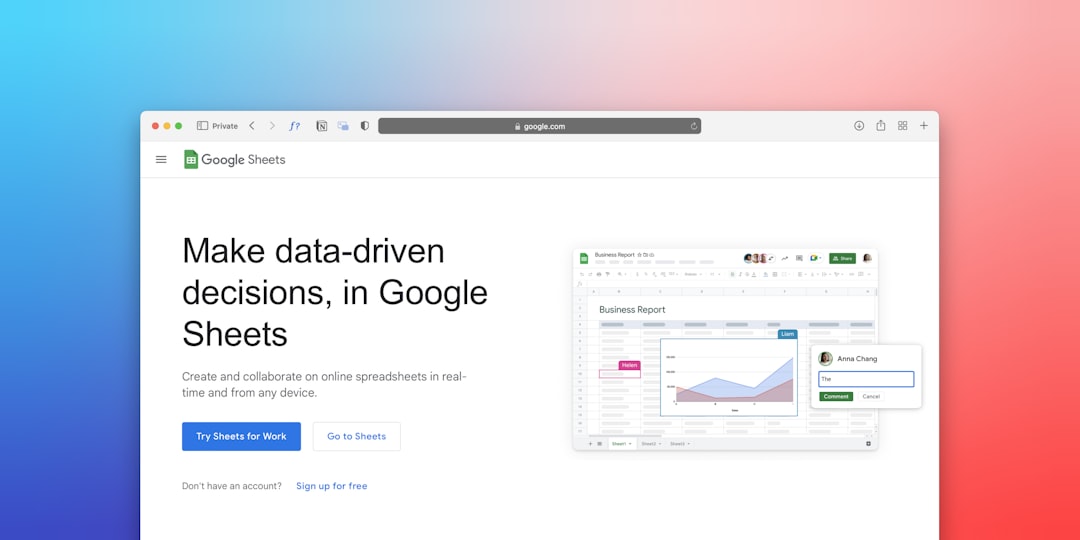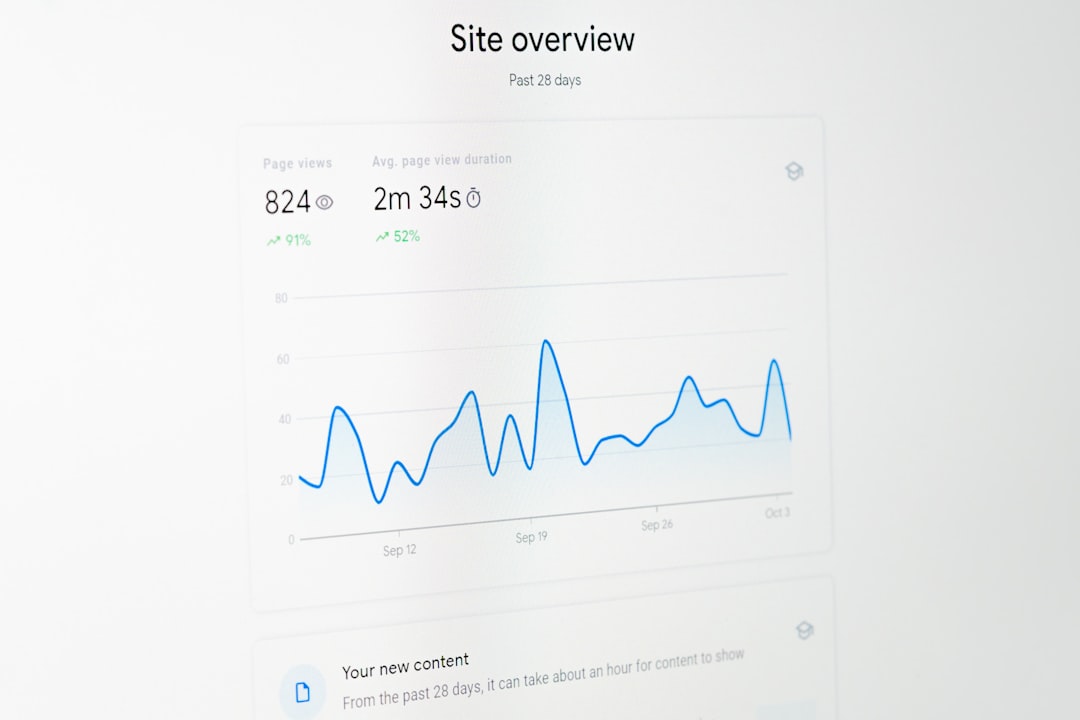
In the fast-paced world of digital advertising, understanding how to measure the effectiveness of your campaigns is crucial. Two common methods marketers use on platforms like Facebook are A/B testing and incremental lift testing. Both techniques offer valuable insights into how audiences respond to advertisements, but they serve different purposes and require different execution strategies. Knowing when to use one over the other can significantly improve campaign performance and help allocate budget more effectively.
What Is A/B Testing?
A/B testing, also known as split testing, involves dividing a target audience into two or more groups to compare different versions of a single variable. On Facebook, this could mean testing two different ad creatives, headlines, calls-to-action, or even targeting different demographics to see which performs better. The central idea is to isolate one variable at a time to determine its direct impact on performance metrics such as click-through rate (CTR), conversion rate, and engagement.
In an A/B test:
- Each audience segment only sees one version of the ad.
- Results are compared to determine which version yielded better results.
- The goal is optimization—finding the best-performing variant.

What Is Incremental Lift Testing?
Incremental lift testing, on the other hand, seeks to answer a different question: What is the true impact of your ad campaign? Instead of comparing two ad versions, it compares the behavior of a group exposed to ads (test group) with a group that is not shown any ads (control group) within the same audience set. The difference in outcomes—such as purchases, sign-ups, or app installs—between these two groups is the “incremental lift” attributed to the ads.
In an incremental lift test:
- The test group is served the ad campaign.
- The control group is held out and sees no ads.
- Measured outcomes are based on actual conversions attributed to ad exposure.
Key Differences Between A/B Testing and Incremental Lift Testing
While both methods rely on experimentation to provide measurable results, there are several fundamental differences between A/B testing and incremental lift testing:
| Feature | A/B Testing | Incremental Lift Testing |
|---|---|---|
| Objective | Optimize ad creative or variables | Measure actual impact of ads |
| Control Group | Sees a different version of ad | Sees no ad at all |
| Measurement | Relative performance between variants | Absolute lift caused by ad exposure |
| Use Case | Optimizing performance | Justifying ad budget and ROI |
When to Use A/B Testing
A/B testing is ideal when you want to improve specific elements of your ad campaigns. These include:
- Creative optimization: Testing different images or video content.
- Headline and CTA testing: Trying different ways to prompt user action.
- Audience targeting: Comparing performance across different audience segments.
This method allows marketers to fine-tune campaigns for efficiency and better engagement, especially before scaling up with a larger budget.
When to Use Incremental Lift Testing
Use incremental lift testing when your goal is to measure the unique value your ads provide. Suitable scenarios include:
- New campaign launches: Understanding if an ad actually causes more conversions versus relying on organic performance.
- Multi-channel attribution: Measuring the true impact of Facebook ads alongside other marketing efforts such as email or search.
- Budget justification: Proving ROI to stakeholders or internal departments.
An incremental lift test illustrates causality, proving whether your ads are truly responsible for user action, rather than simply being associated with it.

Best Practices for A/B Testing
To get accurate results in A/B tests:
- Test one variable at a time: This ensures clarity in attributing performance differences.
- Allow for statistical significance: Do not stop tests too early; let them run long enough to derive dependable insights.
- Segment your audience: Ensure both groups are similar in profile to minimize bias.
Best Practices for Incremental Lift Testing
For a successful incremental lift test:
- Use automatic holdout groups: Facebook allows you to easily define a holdout group.
- Have a large enough audience: Since lift testing compares full conversion rates, you need sizable data for statistical validity.
- Run for adequate duration: Campaigns should run for several weeks, depending on traffic and budget.
Combining Both Methods
Smart marketers often use both A/B testing and incremental lift testing in tandem. First, A/B testing is employed to optimize the elements of an ad campaign. Once a high-performing version is identified, incremental lift testing is used to assess whether the optimized campaign leads to a genuine increase in conversions beyond what would have occurred naturally. This layered approach enhances both efficiency and efficacy.
Conclusion
Understanding the distinction between A/B testing and incremental lift testing is vital for crafting successful Facebook ad strategies. A/B testing helps optimize campaigns, while incremental lift testing provides evidence of actual impact. Businesses that skillfully leverage both methods gain a comprehensive view of their advertising efforts, allowing for smarter decisions and greater returns.
Frequently Asked Questions
- Q: Do A/B tests show if the ad actually works?
A: Not exactly. A/B tests reveal which variant performs better, but they don’t show if the campaign had any true incremental value. You need lift tests for that. - Q: Can I run an A/B test and a lift test at the same time?
A: Technically yes, but it requires careful setup to ensure valid results. Usually, you’ll want to run them sequentially. - Q: What Facebook tools support these testing methods?
A: Facebook Experiments in Ads Manager enables both A/B testing and lift testing with automated setup and tracking. - Q: Which test costs more to run?
A: Incremental lift testing can be more expensive because it requires withholding ads from a portion of your audience, potentially lowering immediate ROI. - Q: What are the risks of not using lift tests?
A: Without lift tests, you may wrongly attribute conversions to your ads and waste budget on campaigns that aren’t driving real results.






